Navigation with move_base and AMCL (ROS)
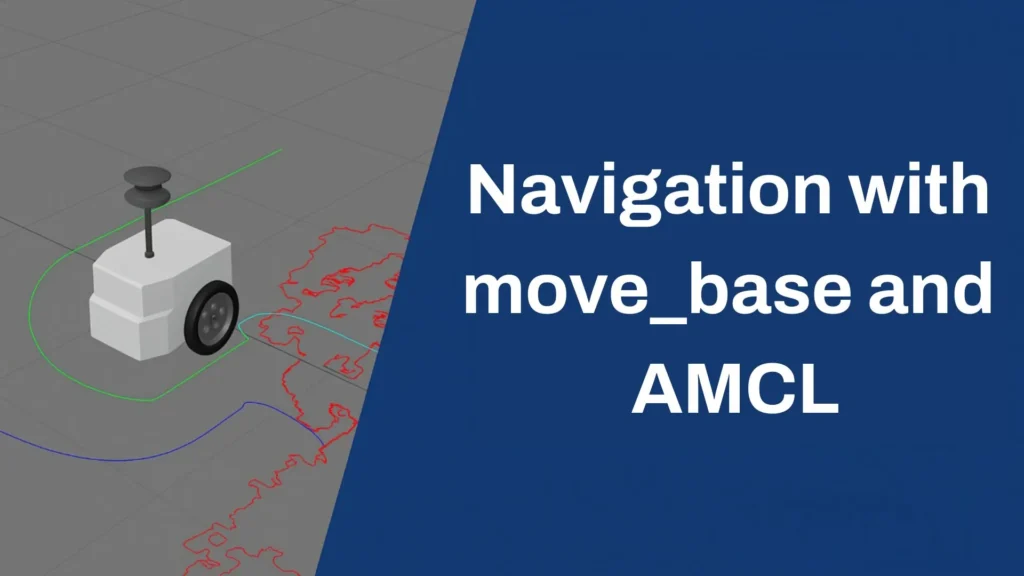
In this tutorial, you will learn how to autonomously navigate a mobile robot in ROS1 using the `move_base` package for path planning and `amcl` for probabilistic localization on a prebuilt map. We will use a simulated robot (e.g., TurtleBot3) with a map previously generated using SLAM. 📝 Required components ROS1 installed (e.g., Noetic on Ubuntu […]
How to create a simple Subscriber Node with C++ – ROS2
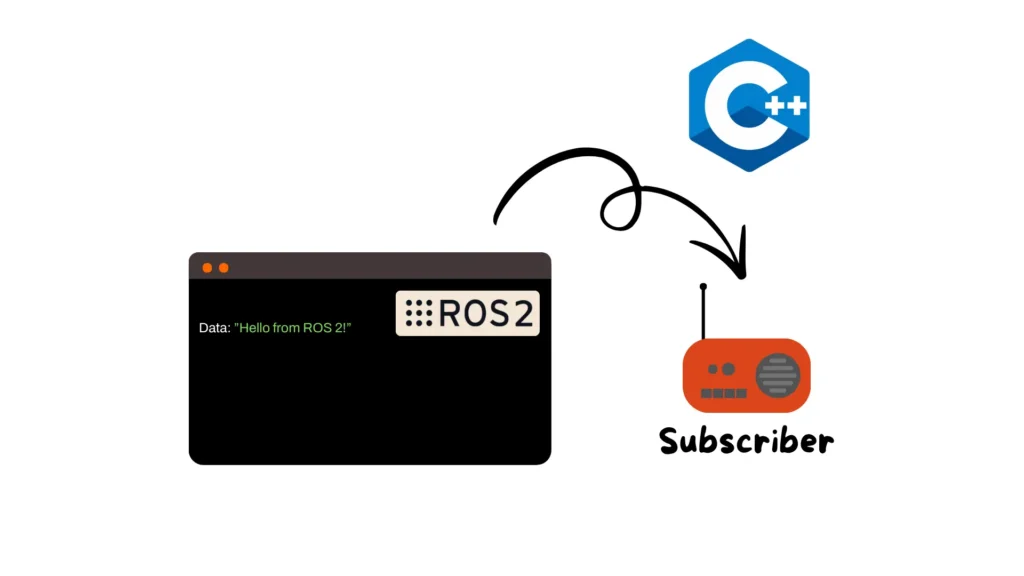
In this tutorial, we’ll create a simple ROS 2 node in C++ that subscribes to a topic and listens for messages published on it. If you haven’t checked out the simple publisher tutorial, I recommend starting there first. 🔍 What is a ROS Node and a Topic? In ROS (Robot Operating System), software is organized […]
How to use i2c lcd with Arduino
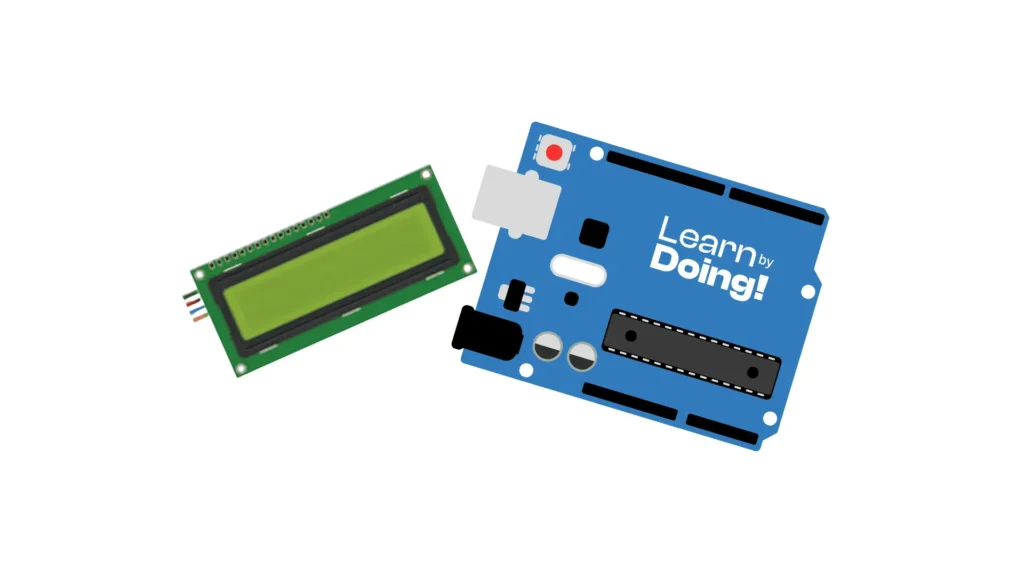
In this tutorial, you’ll learn how to use a 16×2 LCD display with an I2C interface using the Adafruit_LiquidCrystal library. The code example shows how to display a counter that increments every second and blinks the backlight to create a visual effect. What is an I2C LCD Display? When working with LCD screens and microcontrollers […]
How to use humidity sensor with Arduino
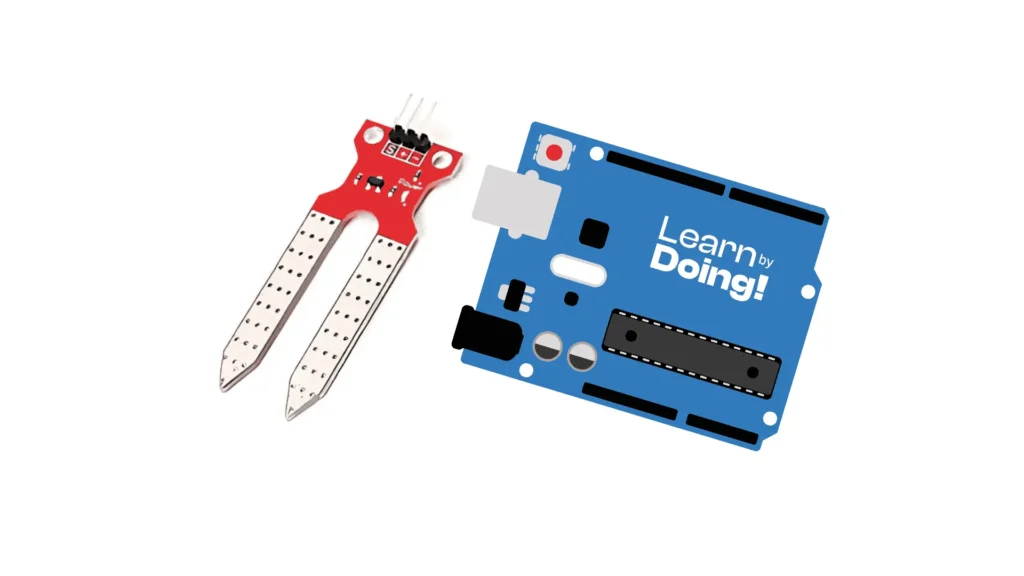
In this tutorial, you will learn how to use a basic analog soil moisture sensor with an Arduino Uno to measure soil humidity. Instead of using a digital humidity sensor, we will power the analog sensor selectively to reduce corrosion, read the moisture level, and visually represent it using 5 LEDs ranging from dry to […]
How to create a simple Publisher Node with Python – ROS2
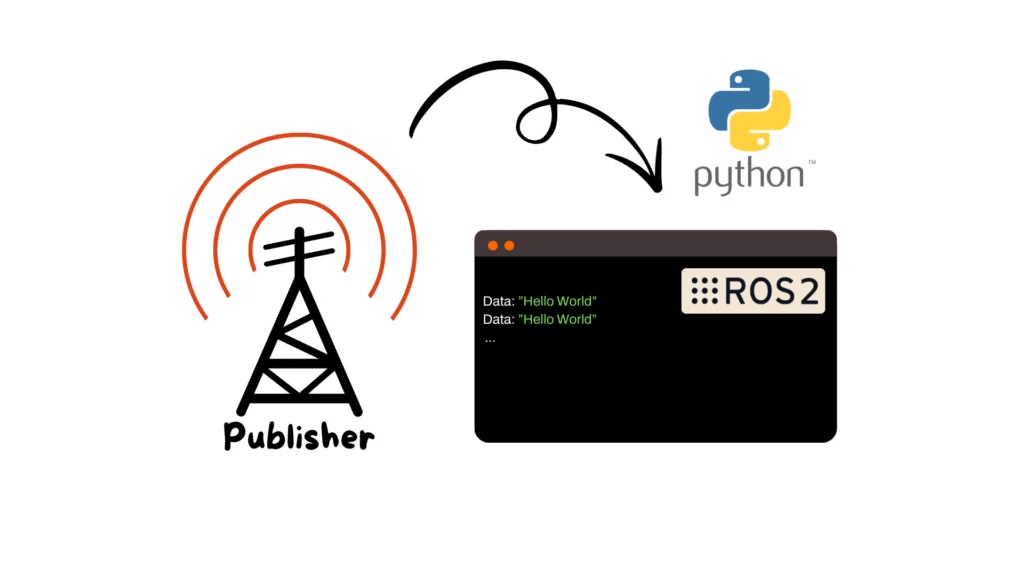
In this guide, we’ll build a simple publisher node using Python in ROS2.The node will periodically publish a string message on a topic. We’ll explain every step clearly and line-by-line, so even if you’re new to ROS you can follow along. 🔍 What is a ROS Node and a Topic? In ROS (Robot Operating System), […]
How to use 16×2 lcd display with arduino
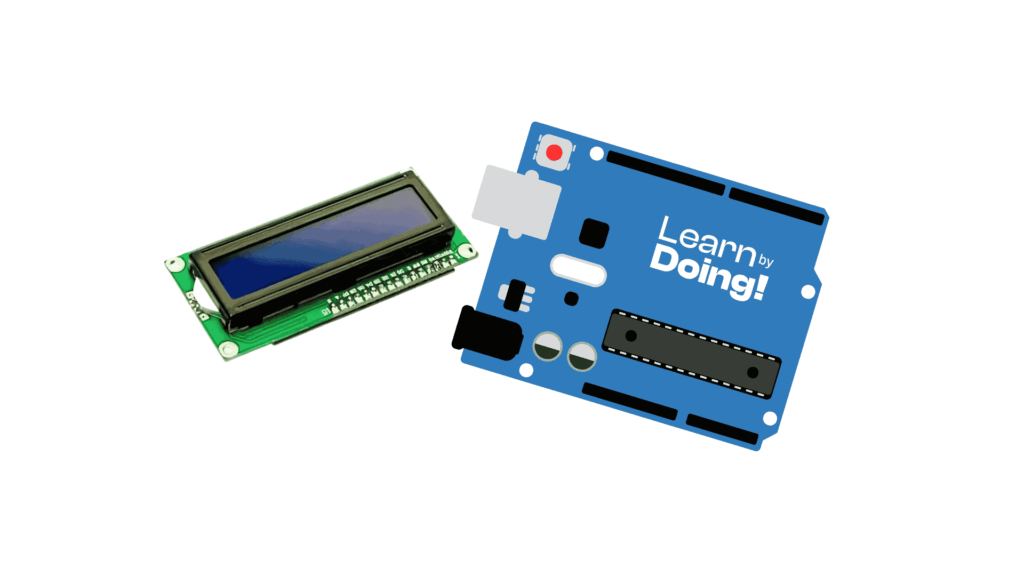
In this tutorial, we will explore advanced functionalities of a standard 16×2 character LCD with an Arduino Uno, including custom characters, contrast control, and backlight management. 📝 Required components Arduino Uno 16×2 Character LCD (HD44780-based) Potentiometer (10kΩ) for contrast 220Ω resistor (for backlight) Breadboard Jumper wires Step 1: Wiring the Electronics 1 Connect VSS to […]
How to create a simple Publisher Node with C++ – ROS2
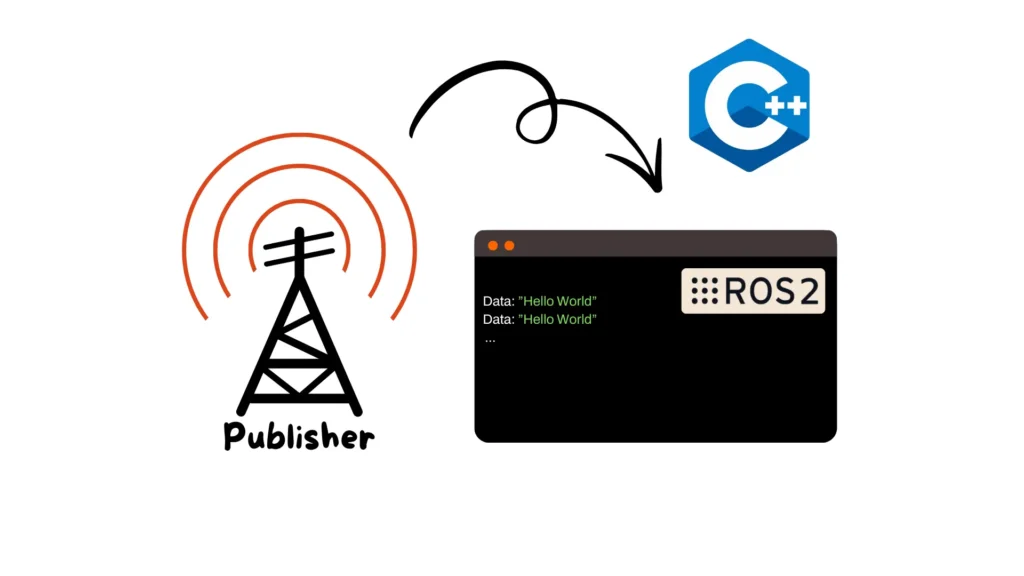
In this tutorial, we’ll learn how to create a simple ROS2 node using C++ that sends text messages to a topic.This is one of the fundamental skills in the ROS2 ecosystem — allowing different programs (called nodes) to talk to each other via topics. 🔍 What is a ROS Node and a Topic? In ROS […]
How to use a Photoresistor (LDR) with Arduino
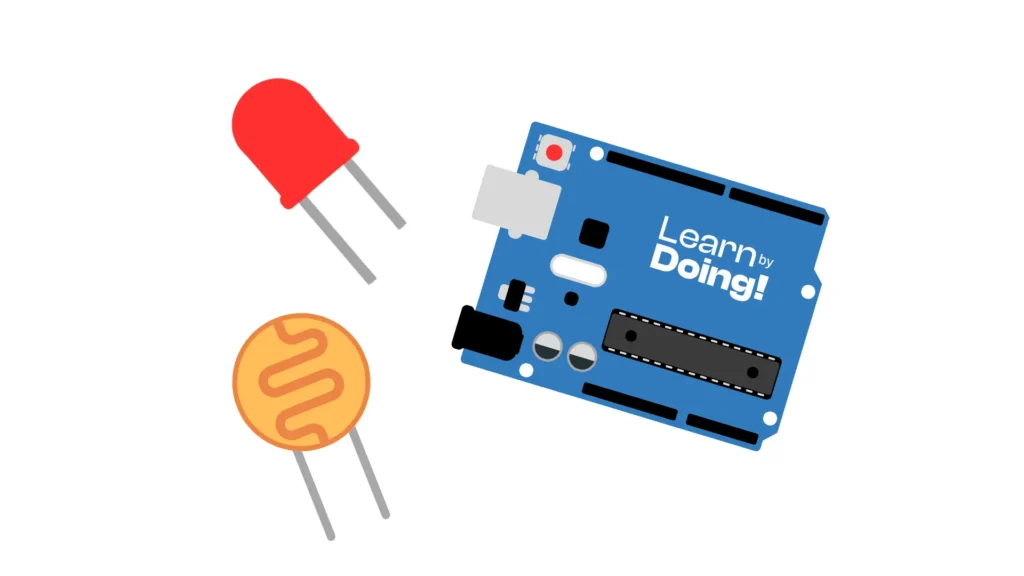
Photoresistors, also known as LDRs (Light Dependent Resistors), are simple, inexpensive, and versatile light sensors. They detect the amount of light in the environment and are perfect for robotics, home automation, and DIY projects. 📑 How it Works A photoresistor is an electronic component whose resistance changes based on the light it receives: When light […]
How to use RPI sensor with arduino

In this tutorial, you will learn how to use a PIR (Passive Infrared) motion sensor with an Arduino Uno to detect motion. When motion is detected, an LED will turn on. This is a common setup for simple motion-activated alerts or indicators. 📝 Required components Arduino Uno PIR Motion Sensor LED (any color) 220Ω resistor […]
How to turn on a SPDT RELAY with arduino

In this tutorial, we will learn how to control an SPDT relay module with an Arduino Uno using a push button as a toggle switch. Each press of the button will change the state of the relay: if the coil is off, it will turn on and stay on until the button is pressed again […]